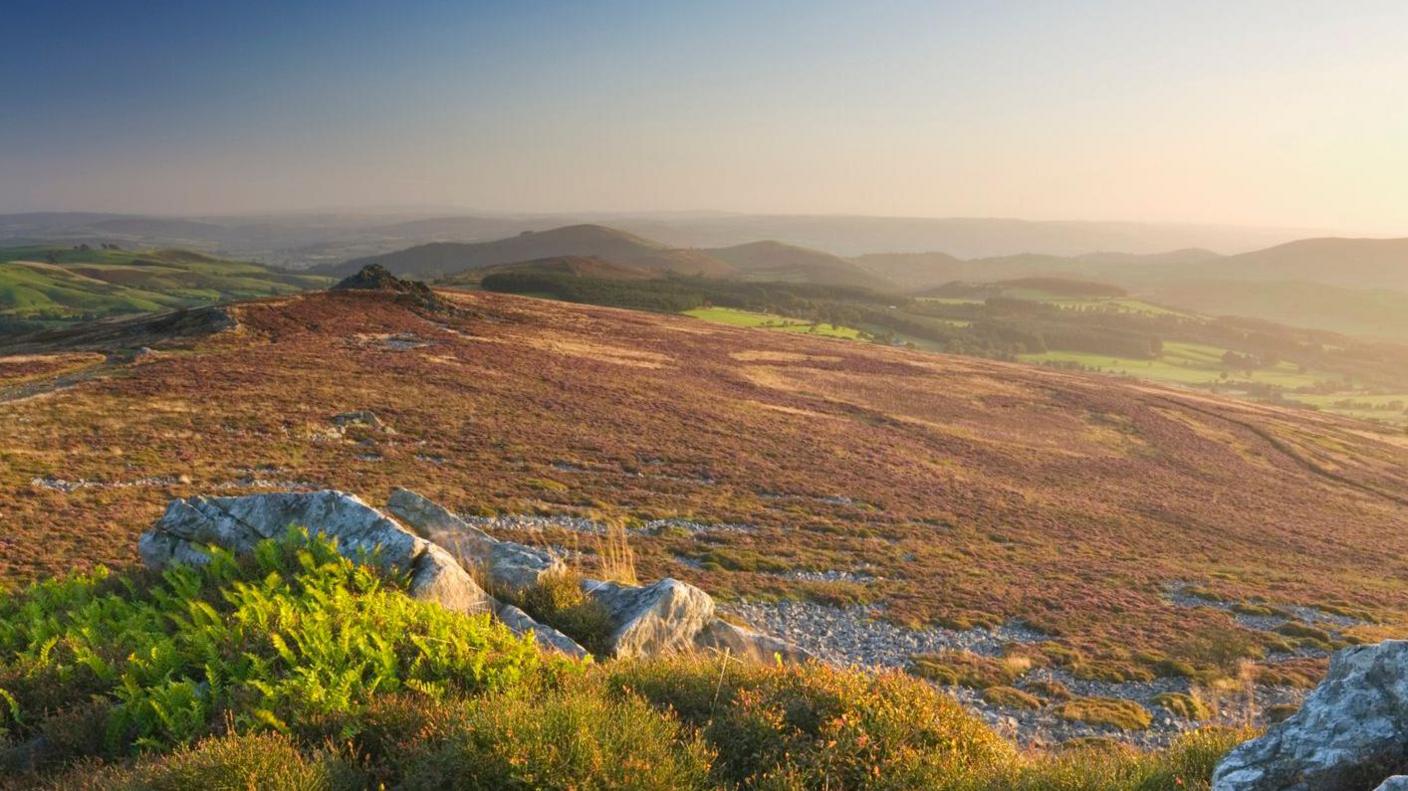Rare bumblebee numbers rise after meadows restored
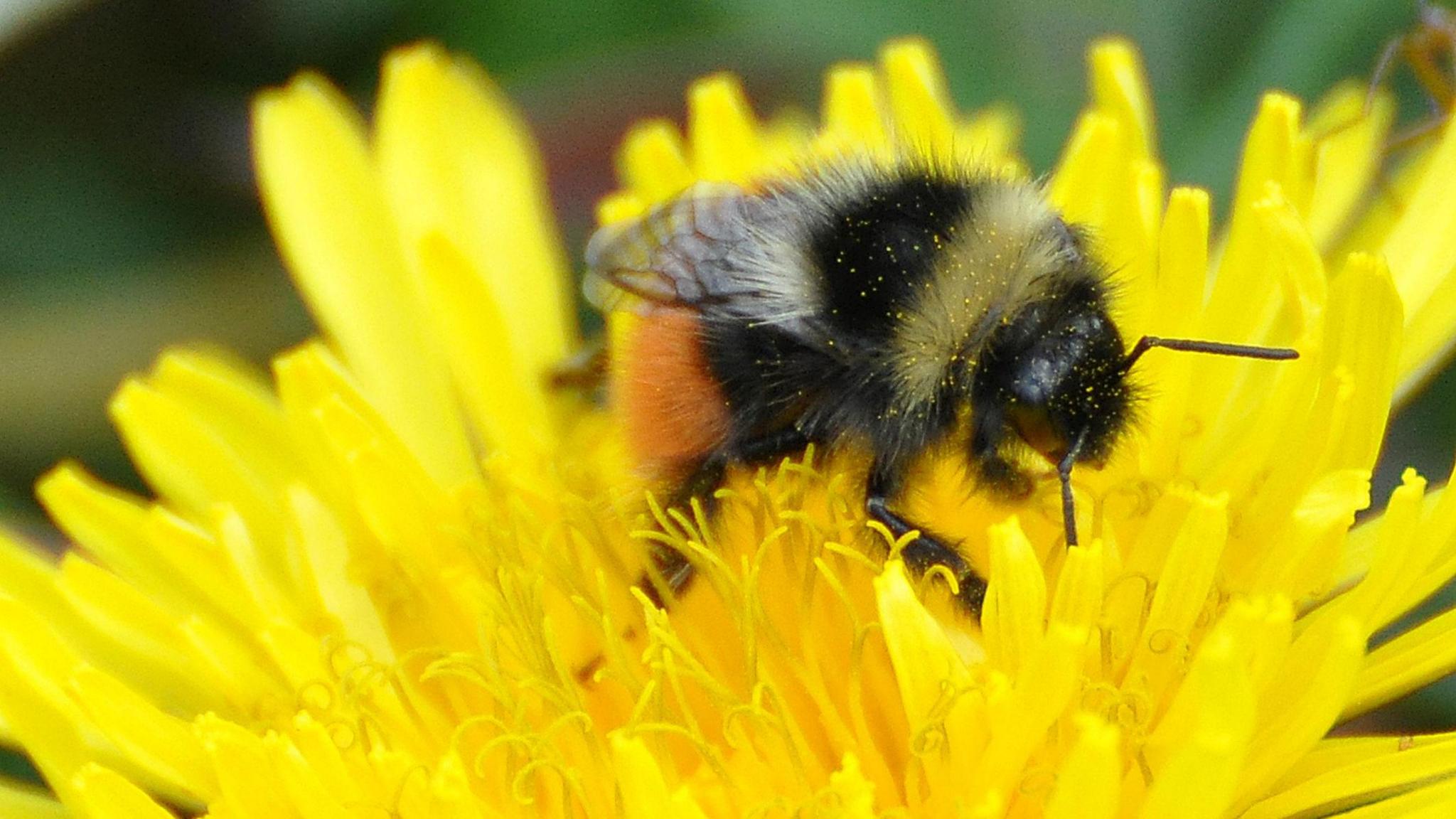
The population of the bilberry bumblebee is growing in Shropshire
- Published
Rare bumblebee numbers are rising in Shropshire following a successful project to restore old hay meadows.
The National Trust is leading Stepping Stones, an initiative which aims to reconnect isolated patches of wildlife habitat across the Long Mynd and Stiperstones.
Jinlye Meadows, on the Long Mynd, is now thriving with wildflowers and insects and as a result, the population of bilberry bumblebees has increased.
Volunteers are now being asked to join the project to continue the work across the county.
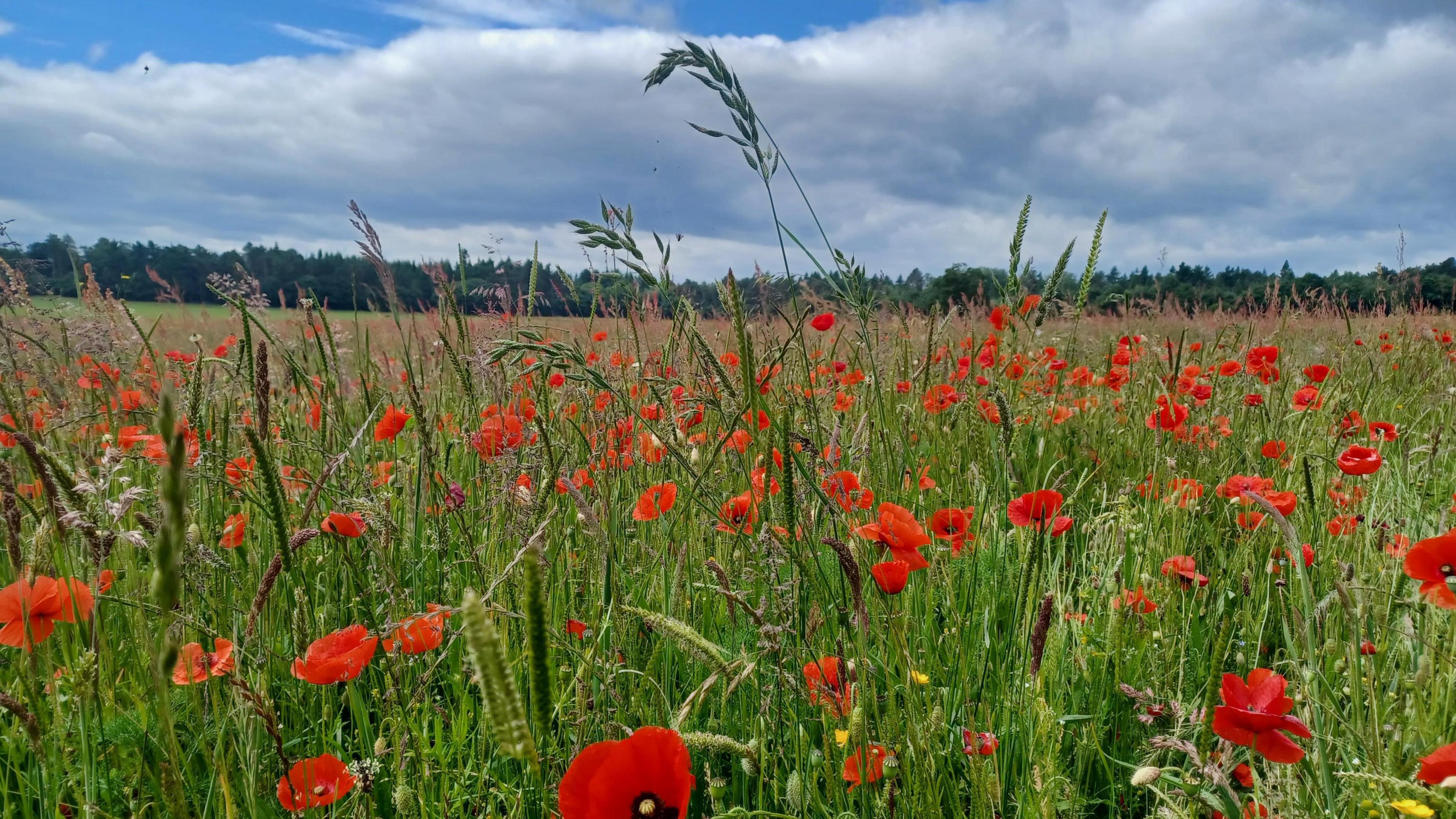
Wildflower-rich meadows mean insects and bumblebees are thriving
Yellow rattle seed is a critical plant species for creating meadows, and the Stepping Stones team are inviting people to help collect it from Jinlye in All Stretton on 9 and 10 July between 14:00 - 16:00 BST.
The plant slows down the growth of grasses by attaching itself to the root system which makes diverse wildflower species grow.
National Trust staff are working with tenant farmer Martyn Bebb, of Mose Farm on the Dudmaston Estate, where wildflower seed was sown a year ago.
The fields are now teeming with wildflowers and pollinating insects.

Volunteers are needed to help continue the work in Shropshire
Mr Bebb said the arable land being worked on at Dudmaston was about 160 acres in size that will be a "mixed mosaic of heathland, acidic grassland and wood pasture, which will benefit a host of wildlife" when complete.
Charlie Bell, project manager for Stepping Stones, said their mission was to go some way to replace the 97% of meadows that have been lost in the UK over the last 100 years.
"Many old meadows have been ploughed up and re-seeded with more productive mixes of grasses," she said.
“Fertilisers are often added to increase the growth of these dominant productive grasses, at the expense of finer grass species and wildflowers.
"This loss has had a devastating impact on the plants and animals that use meadows for shelter, food and places to raise their young.”
Follow BBC Shropshire on Facebook, external, X, external and Instagram, external. Send your story ideas to: newsonline.westmidlands@bbc.co.uk, external
Related topics
- Published26 June 2024
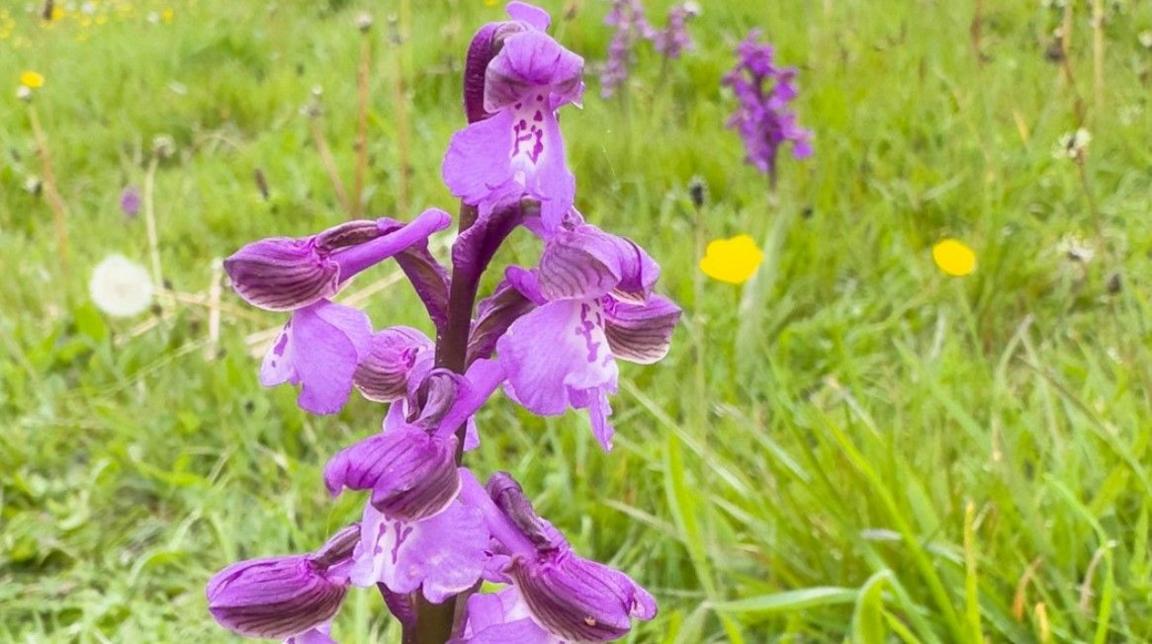
- Published10 May 2024
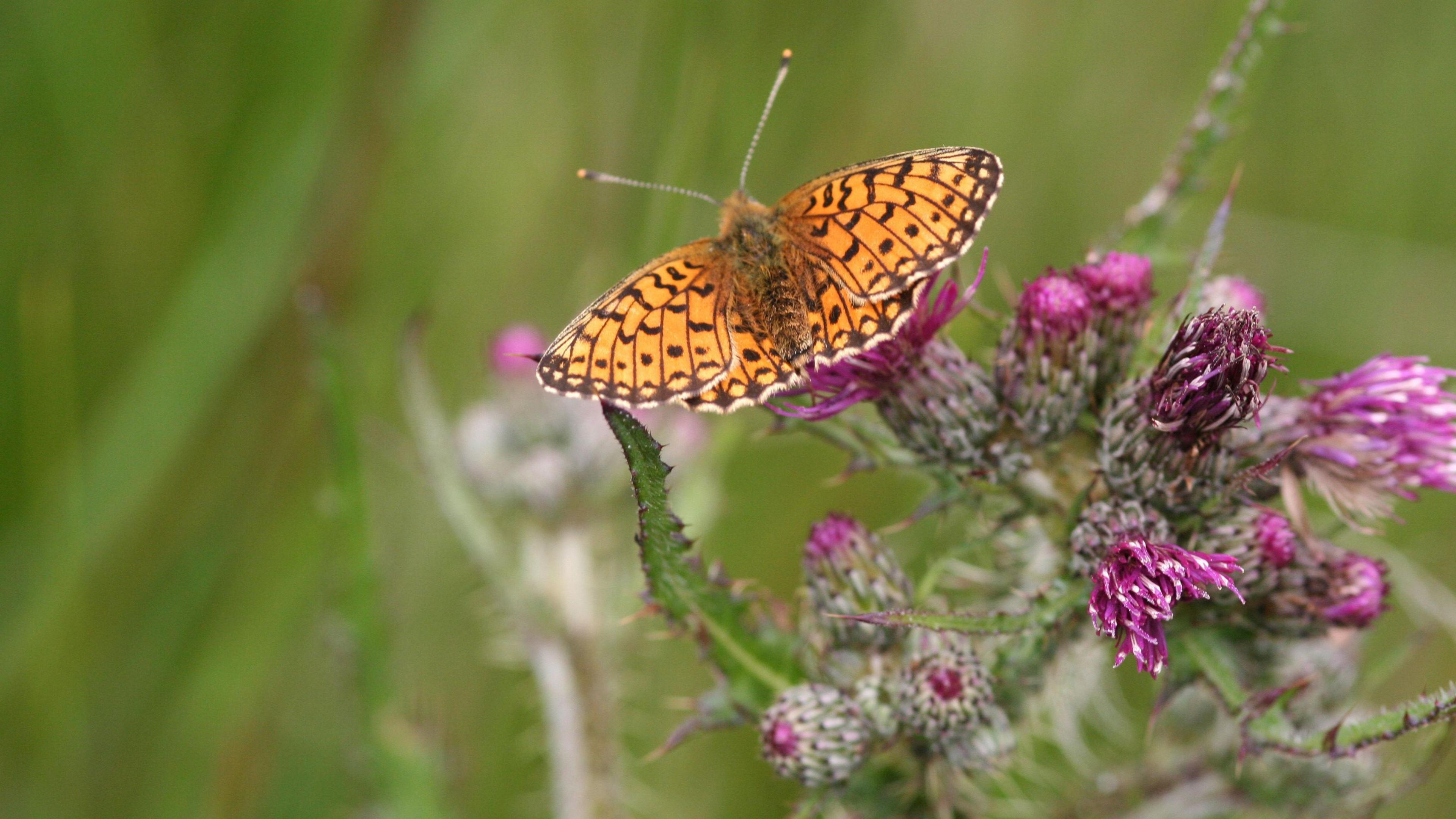
- Published7 February 2024

- Published24 January 2024
